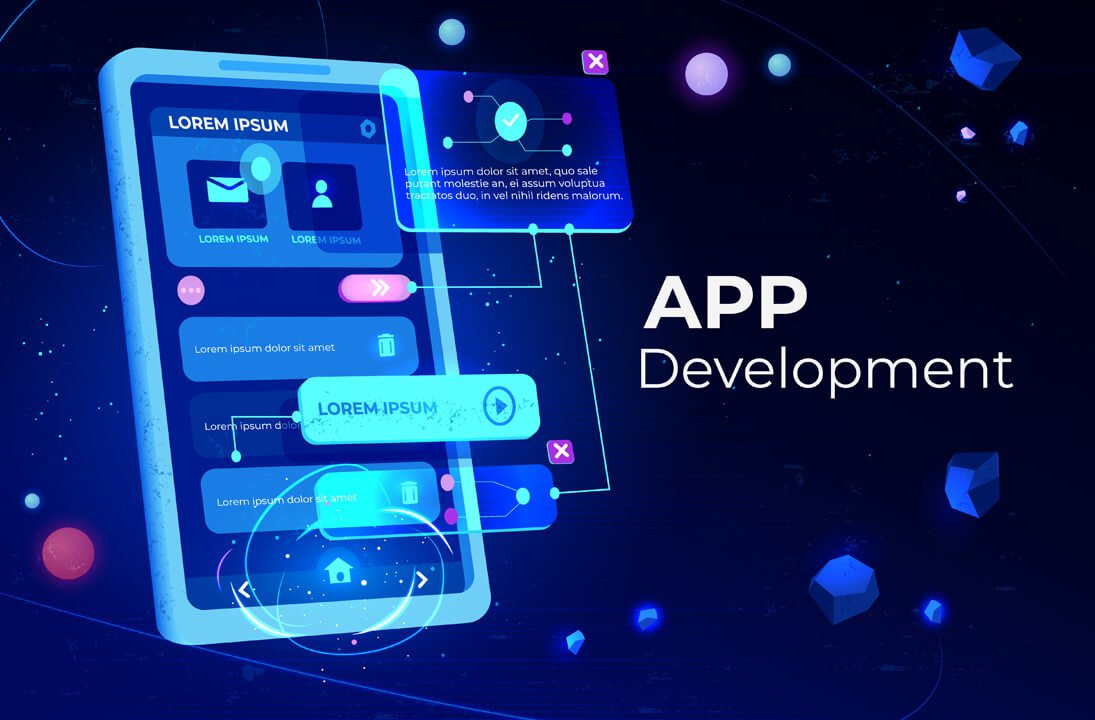Best Practices
Jun 25, 2025 by Ideaworxz Editor

In today’s digital-first world, over 6.92 billion smartphone users access mobile apps daily for shopping, banking, learning, entertainment, and everything in between. The surge in demand has made mobile app development not just a necessity but a competitive battleground. However, creating a successful mobile app isn’t only about good coding — it’s about following best practices that ensure functionality, performance, and user satisfaction.
Whether you’re a business looking to build your first app or a developer refining your process, this guide unpacks the best practices for mobile app development to future-proof your digital product.
Before writing a single line of code, conduct thorough market research. Understand your target audience, their pain points, behaviors, and preferences. Tools like Google Trends, Statista, and competitor analysis platforms can offer insights that shape a user-focused app.
According to CB Insights, 35% of startups fail because there’s no market need — a mistake avoidable with proper research.
Your mobile app development strategy should align with your business goals. Decide whether you need a native app, cross-platform app, or hybrid solution. Define KPIs such as DAUs (Daily Active Users), retention rate, and user acquisition cost from day one.
Use a Minimum Viable Product (MVP) approach to test your concept before investing heavily.
User-centric design can make or break your app. Ensure that the app is intuitive, visually appealing, and responsive across devices. Follow platform-specific design guidelines — Material Design for Android and Human Interface Guidelines for iOS.
88% of users are less likely to return after a bad app experience (Source: Google).
Speed matters. A delay of just 1 second in app load time can reduce conversions by 7%. Optimize your code, compress media files, and reduce memory usage. Regularly test for crashes and bugs using tools like Firebase Crashlytics or AppDynamics.
With rising data breaches, mobile app security should be a priority. Use secure APIs, encrypt sensitive data, and follow OWASP mobile security guidelines. Always ask for the minimum permissions required to function.
60% of mobile fraud originates from apps (RSA Security).
Adopt an Agile methodology to stay flexible and adaptive during the app development lifecycle. Agile promotes regular testing, user feedback loops, and faster deployment through iterative sprints.
Don’t let bugs tarnish your app’s reputation. Run automated and manual testing on different devices, OS versions, and network conditions. Use real-device testing platforms like BrowserStack or Sauce Labs.
Build with the future in mind. Use scalable backend architectures (like AWS, Firebase) and plan for regular updates, user feedback implementation, and feature rollouts post-launch.
Apps that release frequent updates see a higher retention rate than those that don’t.
Mobile app development is both an art and a science. From conducting research to enhancing UX, ensuring security, and planning for scale, following best practices is your recipe for success.
Whether you’re working with a tech team or a mobile development agency, these principles help reduce costs, improve user satisfaction, and future-proof your digital investment.
Ready to turn your idea into a high-performance app? Start by aligning with these proven practices, and you’ll be ahead of the curve.
Best Practices
Best Practices